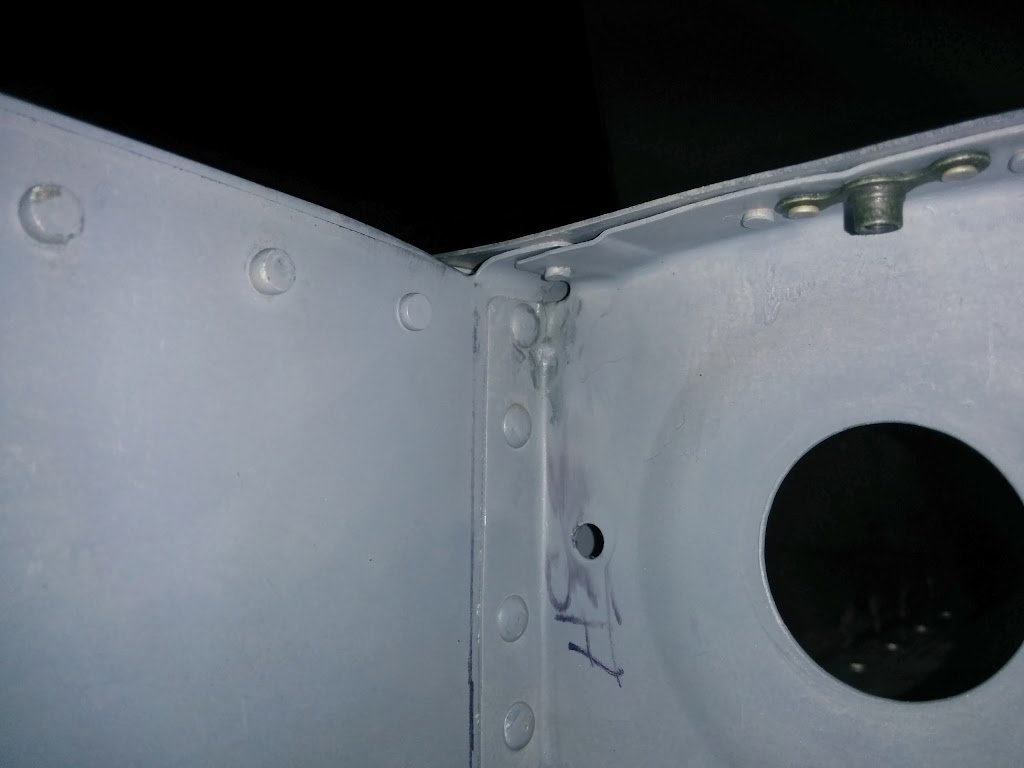It is difficult to capture in a post that will be read, but still say something useful, but here goes.
Of the 14 (yes there are more) cracks reported here with hours, they plot in a nice straight line on a Weibull plot, a statistical probability of failure plot.
Comparing each report hours to that expected for the fleet, this is about 1% of each years first flights beginning at 560 hours. There are some gaps, but that is pretty close. The only TT group that is odd is around 13-1400 hrs for the RV8, there seem to be 3 cracks reported in that hour group.
If half of all cracks have been reported here, then the crack occurrence rate is 2% of an hours group. Each hour group is 100-120 hrs. There are no failure reports above 2000hrs and no failures under 530 hrs. (update :340 hrs )The crack generation statistics may have as much to do with gust occurrence as prop or other hardware combination. If there were some strong influence of prop etc then the plotted data would not be a straight line. It was. The slope was 2.8 which is typical of a fatigue failure.
So, overall, if you have more than 560 hours you have a 2% (roughly) chance of finding a crack today. That is the same next year too, and the year after that. But the probability that you will find a crack eventually (3000hrs) is higher. This certainly supports the yearly inspection.
All in all my opinion is that this is, as Paul so clearly put it, not an emergency, and there should be no frustration or anxiety over this issue. Anyone who has built a plane has gone through much more in the process.
Hopefully this was helpful.
PS with the addition of the 340 hr report, there is a barely perceptible shift in the curve, along the thickness of the pencil line. Not enough to rep lot of change conclusions.





